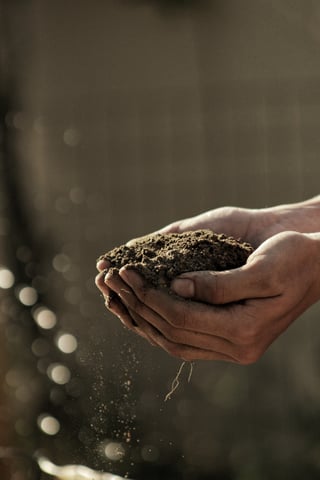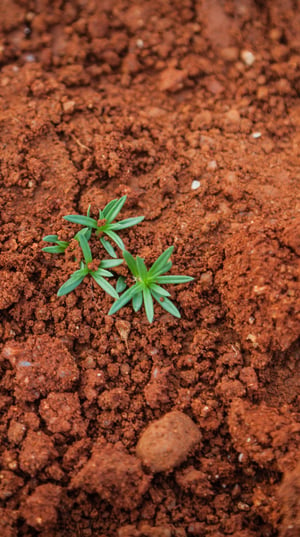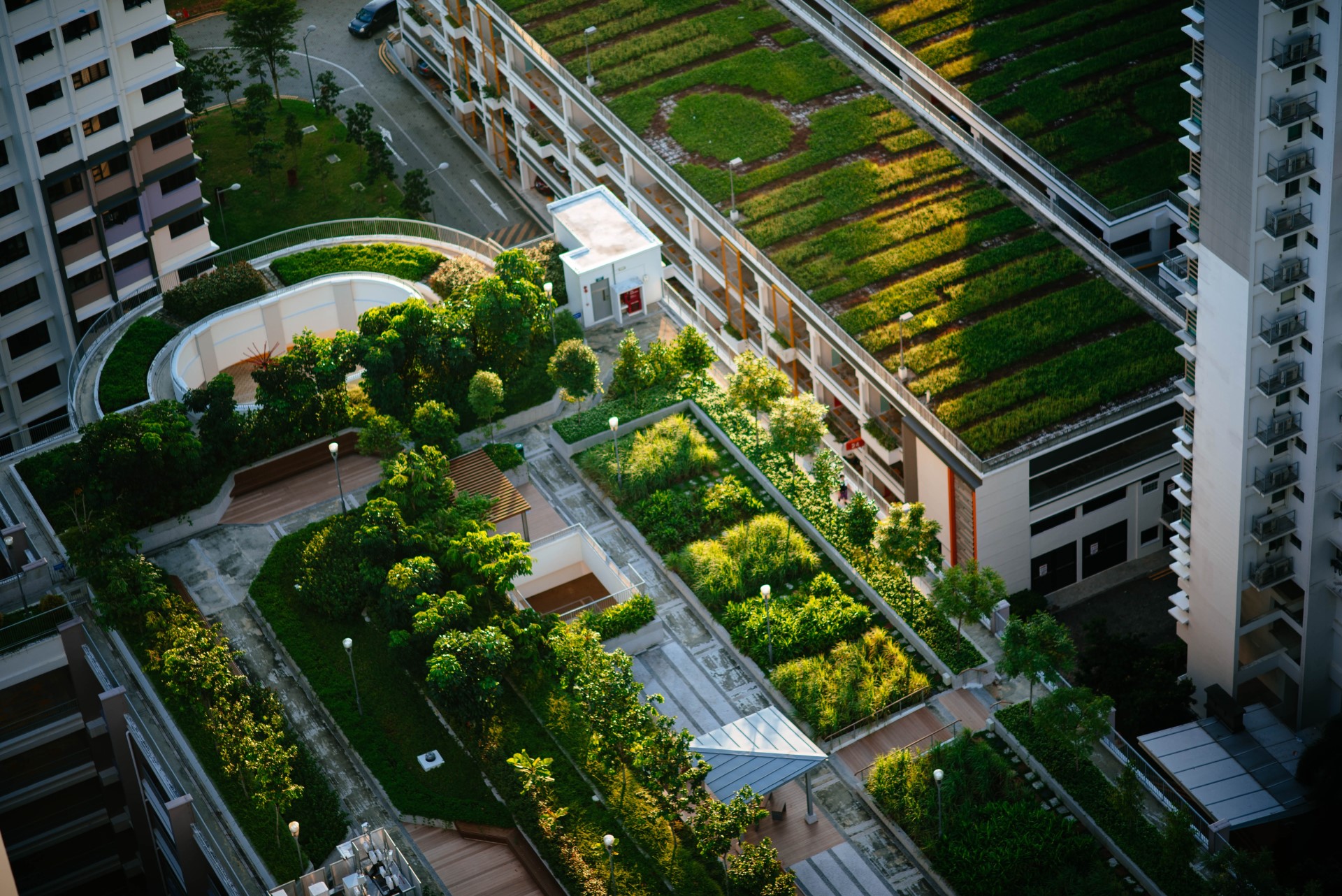While the words “maintenance” and “stewardship” are often confused, they are in fact two distinct concepts that we need to sort out immediately, for the sake of the environment and our cities.
The word maintenance has been unjustly deified as something toward which we should strive in matters of landscaping and green roofing.
We take issue with that.
And not in a minor way, like we take issue with anchovies on pizza or calling all organic food “farm to table.”
No, we take real issue with it. Because the truth is, when we confuse these two words, we dilute the benefits of green infrastructure and fail to safeguard them like we ought.
Boo to that.
Let’s discuss why we need true stewardship so much, and how to get there.
How Should We Define Maintenance and Stewardship?

Assuming you have a well-designed and correctly installed green roof or other ecological system, how do you care for it going forward? We can all agree you need to nurture it, protect it against pests and the elements, feed it and provide general upkeep, right?
Both maintenance and stewardship would claim to provide the above. In some ways, perhaps they do.
But a closer look at definitions reveals that only one does so effectively over time.
The definition of maintenance is pretty standard. According to Merriam-Webster, maintenance is “the act of maintaining” or “the upkeep of property or equipment.” It doesn’t take a genius or an empath to see how impersonal this is.
On the other hand, stewardship is “the conducting, supervising, or managing of something, especially: the careful and responsible management of something entrusted to one's care.”
In other words, the relationship between environment and caretakers is much richer when you “steward” versus when you simply “maintain” it.
Stewardship involves looking out for, caring about and upholding the system entrusted to you. Stewardship means you are truly responsible for its well-being.
Wait, What’s Wrong with Maintenance?
So why not maintenance? What does this mean in terms of approach?
Well, let’s put it in a human context. Say you get a divorce and your spouse gets full custody. You pay child support to ensure your kid gets the food, clothing and schooling they need. But you’re not nurturing that child; you are simply maintaining them at the level of basic need.
If you include love and care in “basic needs” (and you should), then you’re not even providing that.
Stewardship, on the other hand, involves a proactive approach to the child’s needs. You don’t simply keep them at the same level of so-called “care” for years – e.g. a monthly check in the amount mandated by a judge. You watch them, guide them and adjust as necessary.
If you have kids, you call that good parenting.
If you have a garden, maybe you call it over-reactiveness. Or non-necessity. Or overkill.
But it’s not. Living systems need our help and care – not to mention our watchful eye and ongoing course corrections – just as much as children do. Keeping them at a pre-set level of “maintenance” is at best innocent neglect. You allow them to run riot, and in delicate and frankly unnatural systems such as green roofs, that’s not good.
At worst, your system dies.
… Is it too soon to boo again?
How Does Stewardship Overcome These Problems?

Stewardship overcomes the problems of innocent neglect by keeping that watchful eye out. Rather than pre-scheduling a specific course of maintenance, stewardship calls for ongoing visits at which time you prescribe the course of action you will take until the next visit.
It is proactive, identifying what’s going right and what’s going wrong, bolstering the former and fixing the latter.
If you simply come in and do the same thing you did last time, every time, you run the risk of encouraging problems. You regress. It’s not even at a point of stasis, let alone growth. Sometimes big problems crop up, such as:
- Pests
- Invasive plants
- Fungi
- Penetration of waterproofing membrane
- Standing water
- Missing nutrients
- Breakdown of roof systems
- Disease
When the signs begin to show, there’s no one there to recognize them. You ignore them until they blow up, at which point you have to decide between giving up on the system or paying through the nose to fix them.
Needless to say, that is almost always more expensive than paying for routine stewardship, a true partnership between people and systems.
Stewardship can save money and the planet at the same time, so don’t wait to partner with people who truly understand the difference between it and maintenance. Ecogardens is here to help you make sure you get the best deal while preserving the green roof you love.
Sign up for a free assessment of your green roof. Our team will look at your roof and provide a detailed & actionable maintenance report. Discover more details about what's included in a free assessment with us and sign up below:


